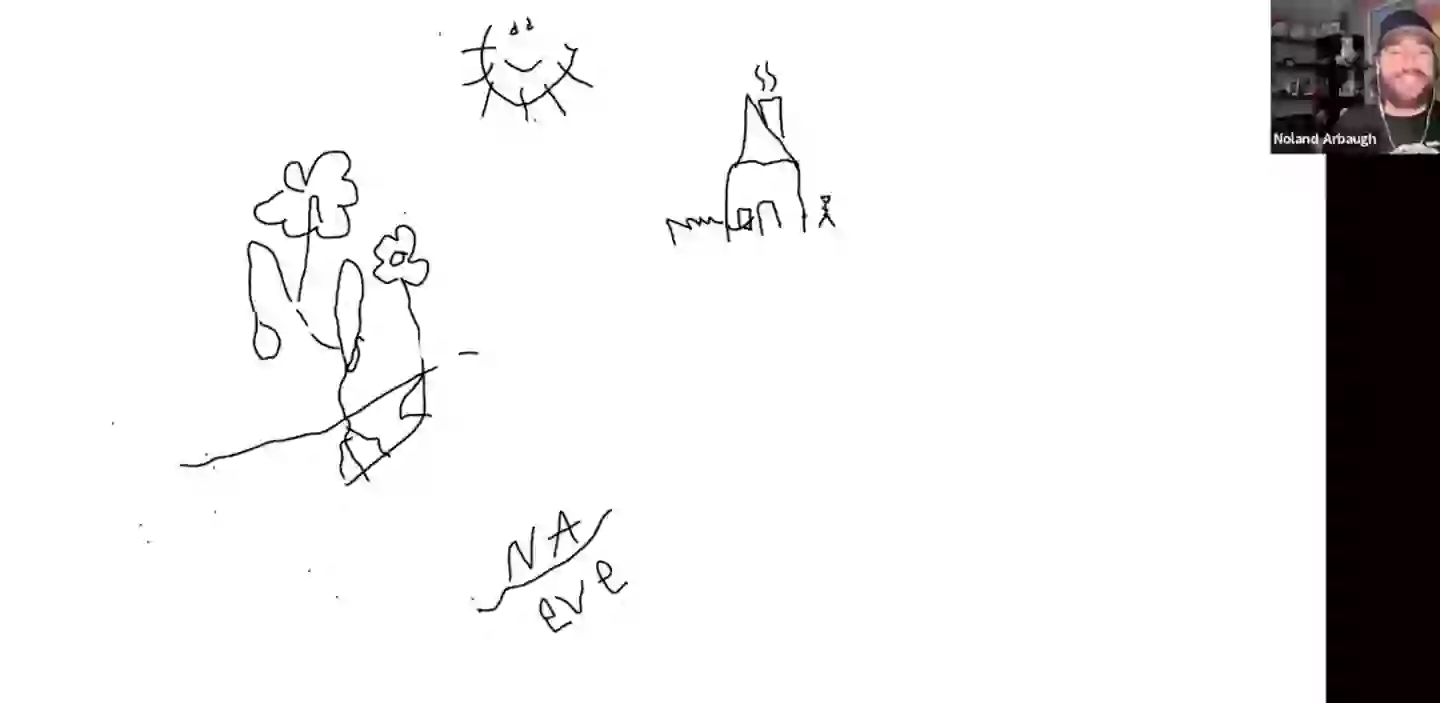The pioneering recipient of Elon Musk’s Neuralink chip, Noland Arbaugh, has showcased his ability to create drawings using only his thoughts.
Noland, hailing from Arizona, became paralyzed from the shoulders down due to a diving accident while working as a camp counselor in 2016.
Elon Musk founded Neuralink, his neurotechnology company, in the same year. However, it was not until May 2023 that the FDA granted permission for Neuralink to conduct human trials.
In January of the following year, Noland became the first individual to have the device implanted.
The brain-computer interface (BCI) chip, which is smaller than a 50-cent coin, is implanted into the skull and connected with microscopic wires.
These wires target individual neurons, while electrodes record brain activity and send it to external devices via Bluetooth, enabling users to operate computers using their thoughts.

Currently, only three individuals worldwide have a Neuralink implant, though Musk anticipates this number will increase significantly.
This technology primarily aims to restore independence to individuals with paralysis and other disabilities.
Moreover, Musk envisions Neuralink being utilized for ‘human/AI symbiosis’ in the future.
The goal is to enhance memory and cognitive functions, and potentially achieve more ambitious outcomes, such as saving and replaying memories.
While such advancements might be distant, in the meantime, Noland has been updating social media users on his journey.
He has previously demonstrated his ability to independently play chess, video games, and learn languages, activities he was unable to pursue physically before.
Recently, he spoke with entrepreneur and author of “Neuraleap: HOW BCI will redefine communication, business and governance,” Velco Dar.
During their conversation, Noland illustrated how he uses the N1 chip to create digital drawings on a screen.
Though he claims to not be artistic, Noland skillfully drew flowers, the sun, and a house, controlling the cursor solely with his mind.
As he started sketching the flower stems, Velco remarked on how astonishing the movement was to witness.

Noland replied, “I forget that people haven’t seen this constantly. I think, ‘Oh yeah, this is just my life, this is how I use it and what I do with it.’”
He continued, “I use it around people who’ve never seen it before and their jaws drop.”
Noland then explained to Velco how he ‘clicks and drags’ the cursor in his mind, likening it to nudging the controls.
He described thinking about clicks as involving different actions.
One action is imagining flicking his thumb to the left, while another involves flicking his pinky to the right.
You can watch Noland’s process starting at the 45-minute mark in the video above.
It is indeed captivating to observe and represents a promising advancement for those dealing with life-altering injuries.

